Plums belong to the Rosaceae family. Their homeland is China and they were imported into Japan, not more than 300 years later. To preserve their flavor throughout the year, people started to dry them, a practice inherited from the Romans.
There are more than 140 species of plum. Plums are drupes, like nectarines, peaches and apricots, but are much more diverse than their relatives in shape, size and especially- color. There are many different flavors, ranging from sweet to very sour. Some plums are specially selected to be dried and retain their sweetness.
Composition of plums
Plums are rich in carbohydrates, have very little fat and calories, no sodium, or cholesterol. They are also a good source of vitamin C and provitamin A. Plums are very high in potassium - just one cup of plums is sufficient to meet the daily needs of the body.
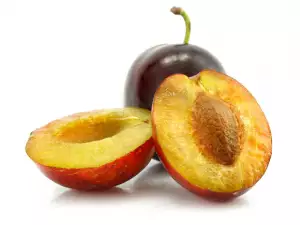
Prunes contain high amounts of water and pectin. Sugar in them is 9%, fiber 0.5%, protein 0.8%. From organic acids in plums, malic prevails with 1.3%. Most of their vitamins are those in the group, FD and C, as already mentioned. Minerals are best represented by iron, potassium, phosphorus and calcium.
100 g of plums contain 0.28 grams of fat, 0.7 g protein, 11.4 g carbohydrates, 864 mg potassium, 80 mg calcium, 15 mg iron, 83 mg phosphorus. Plums have a much higher energy value - 264 calories.
Types of plums
Markets are dominated by twenty species of plum, most Japanese or European. Japanese plums are pitted. Most species have yellow or reddish, very juicy flesh and skin ranging from dark red to blue and black. The most common types are Santa Rosa and Red Delicious. Elephant heart plums have red meat and are suitable for cooking. Plums are often used for juice or jam.
European plums are smaller, denser and less juicy. The color of their skin is always blue or purple and their pips are separated. The flesh is golden yellow. The are used for making prunes. Some varieties are sold raw, but still called prunes. The most common types are Italian, President, Empress, Stanley, and Tragedy. Demsan plums are small dessert plums, used primarily for canning.
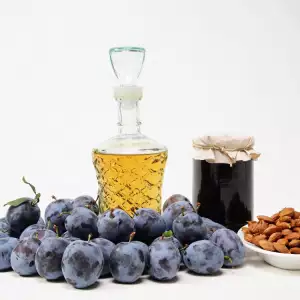
The general plum season is from May to October, with the first coming of the Japanese market, in August, followed by Europe in the autumn.
Selection and storage of plums
Plums should be rounded and well colored according to their type. They are typically 3-6 cm high. If the fruit yields to gentle pressure, it's ready to eat, you can buy slightly soft plums and let them soften at home. This will not make them sweeter. Ripe plums are slightly soft on top and the bottom. Watch for stripped skin, spots or holes.
To soften hard plums, put them in a closed paper bag at room temperature for a day or two. When tender, put them in the fridge. Ripe plums can stay in the refrigerator up to three days.
Culinary use of plums
Plums are juiciest at room temperature, but be sure to wash them before eating or cooking. To remove the pit, cut the fruit in half and remove the it by turning the two halves. To cut a plum, use a sharp knife and cut a thin line from the skin to the stone.
European varieties are better than Japanese when it comes to cooking. Cooked plums are usually eaten with the skin, but if you have to peel them, first keep them in boiling water for half a minute.
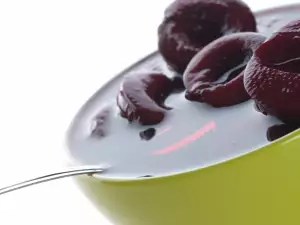
Roasting plums
Put the plums in half tray and sprinkle with sugar and spices to taste. Add a few tablespoons of fruit juice instead of water and cover. Bake until tender, add more liquid if needed. Bake for about 20 minutes, at 400 degrees.
Boiling plums
Plums can be boiled whole (pierce them with a fork in advance), in halves or in pieces. To serve them whole, cook them with the skin to retain their shape. Put them to boil in juice, wine or water and sugar, until soft. Boil 3-8 minutes (European plums are cooked much faster than the Japanese).
In regards to plums, use the plan "Five a day"
- Cut plums into your next fruit salad to add a bit purple.
- The pieces add unique flavor to roasted fish.
- Decorate yogurt or ice cream with pieces of plums and other favorite fruits.
- Use plum baby puree as fat for cooking.
- Mix chopped plums, blueberries, nectarines and strawberries and sprinkle the mixture on waffles and pancakes. You will receive a colorful and healthy breakfast.
Benefits of Prunes
Good to know: Plums stimulate the bowel movement. They are used for loosening. Their skin contains a substance responsible for this effect, so if you peel the skin, you will not suffer from the well-known side effect of the plum.
Prunes are extremely useful in anemia and avitaminosis, especially iron deficiency. It is recommended in many diets for weight loss, they have strong antibacterial properties to help the recovery process in the body after severe physical or mental exertion. Scientists say that only one plum contains as many antioxidants as 100 blueberries.
Plums are used as bile- fighters, are diuretic, anti sclerosis and an anti- diabetic agent. Compote of plums helps in diseases of the heart and liver. Dried plums are useful in MS.
Plums disinfect the intestines and improve digestion. They are extremely useful in atherosclerosis. A decoction of the leaves of plum helps stomatitis and mouth ulceration.
Dangers of plums
Plums contain oxalates, and should therefore not be eaten by people who suffer from kidney disease.
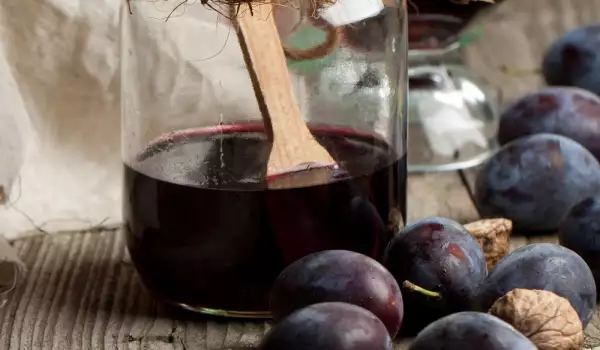
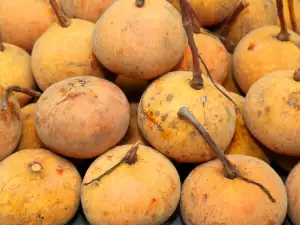
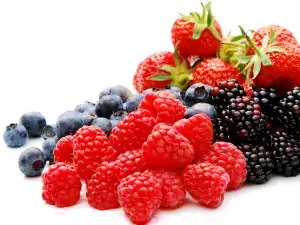
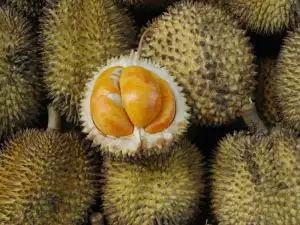


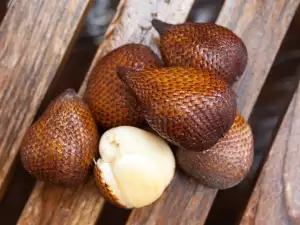
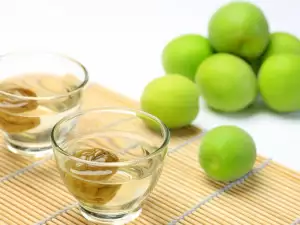



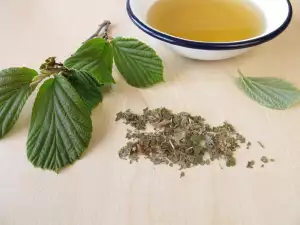
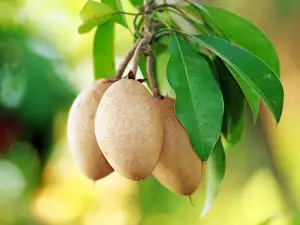

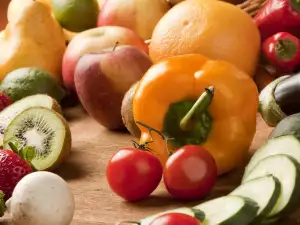
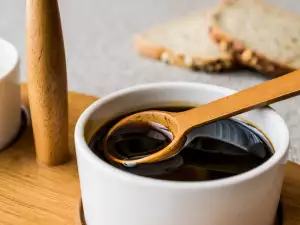




Comments